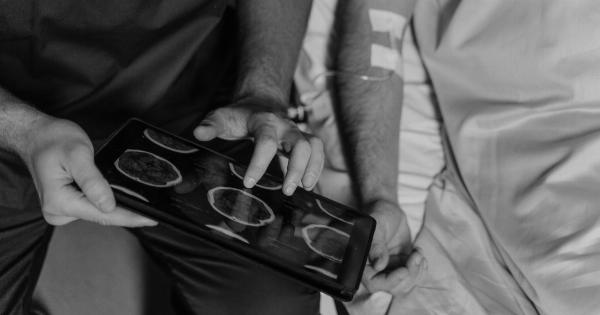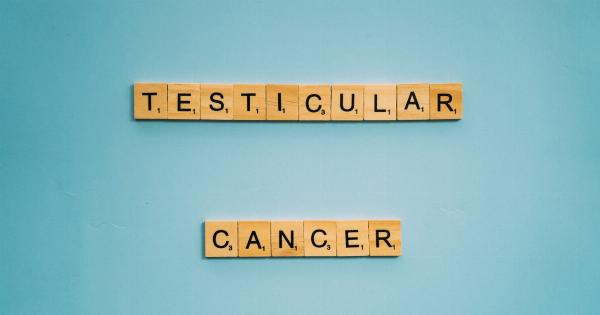Testicles are an essential part of the male reproductive system responsible for the production of sperm cells and hormones such as testosterone. The health of the testicles reflects the overall wellbeing of a man.
Any changes or symptoms in the testicles should be taken seriously and addressed immediately. Here are some things that a man’s testicles can tell us about his health:.
H2: Size and Shape Matters
Testicles come in different sizes and shapes, but any significant change in size or shape may indicate underlying health issues.
A man should be familiar with the size and shape of his testicles and observe any sudden changes, such as swelling or lumps, which could be an indication of testicular cancer, the most common cancer that affects men. Testicular cancer is highly treatable, especially when detected early.
H2: Pain, Swelling or Discomfort
Testicular pain, swelling, or discomfort could be a sign of various medical conditions, such as infection, injury, or torsion (twisting of the spermatic cord). Testicular torsion is a medical emergency that requires urgent medical attention.
An untreated torsion could cause permanent damage to the testicles or even lead to infertility.
H2: Changes in Skin Texture or Color
The skin of the scrotum should be smooth and free from any changes in texture or color. Any changes could be a sign of an underlying condition such as infection or skin cancer.
Men should be familiar with the texture and color of their skin and observe any changes, such as a reddish or darkened area.
H2: Lump or Hardness
A lump or hardness on the testicles could be a sign of testicular cancer. However, not all lumps or hardness are cancerous, which is why any lump or hardness should be checked by a doctor immediately.
Regular self-exams can help detect any changes in the testicles early, making it easier to treat and manage medical conditions.
H2: Changes in Libido and Fertility
Testosterone is the male hormone that regulates sex drive, sperm production, muscle mass, and bone density. Any sudden changes in libido or fertility could indicate an underlying medical condition such as low testosterone levels.
Low testosterone levels could cause symptoms such as decreased sex drive, erectile dysfunction, and infertility.
H2: Hernia
A hernia occurs when an organ or tissue pushes through a weak spot in the surrounding muscle or tissue. A hernia in the groin area could cause swelling or discomfort in the testicles.
Men should seek medical attention if they experience any pain or swelling in their groin area.
H2: Varicocele
A varicocele is a swelling of the veins that drain the testicles. It is a common condition that affects up to 15% of men. A varicocele typically does not cause any symptoms, but it could affect male fertility if left untreated.
Men with varicoceles may seek medical attention if they experience any scrotal discomfort or testicular atrophy (shrinkage).
H2: Hydrocele
A hydrocele is a fluid-filled sac surrounding the testicle. It is typically painless and may not require treatment. However, if a hydrocele grows in size, it could cause discomfort or affect the testicular blood supply.
In these cases, a doctor may recommend surgical removal.
H2: Aging
As men age, their testosterone levels decrease, affecting sex drive, muscle mass, and bone density. Aging could also increase the risk of developing medical conditions such as prostate cancer and erectile dysfunction.
Men should consider regular medical check-ups to monitor their health and manage any medical conditions promptly.
H2: Conclusion
The health of a man’s testicles is crucial for overall wellbeing. Any changes or symptoms in the testicles should be taken seriously and addressed immediately.
Regular self-exams and medical check-ups can help detect any changes in the testicles early, making it easier to treat and manage medical conditions.





























